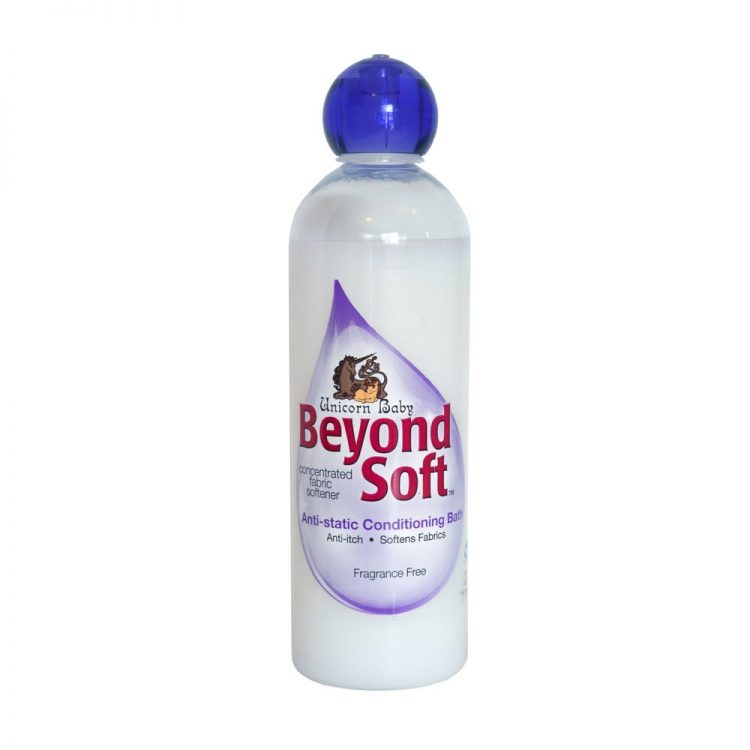Free Shipping over $250 within USA & Canada
Free Shipping over $250 within USA & Canada
$ USD2.25
10 Handmade Emulsion pre-cut cubes in a bag to refill a container.
Our Bumby Wool Solution Emulsifying Blocks are hand crafted in our workshop. We saponify food grade oils and fats, creating a luscious soap that lightly bubbles and emulsifies lanolin, as well as can be used to make a wool wash solution.
We only use the best quality Fragrance Oils (FO) and Essential Oils (EO) in our products. Many customers really like yummy smells, so we have launched scented fragrance oils as well. Please note that these oils do change the colour of the blocks. Some have a mild beige colour and some are quite deep brown. This doesn’t effect the function in any way, and is fairly standard.
Method of use below
Handmade Emulsion pre-cut cubes in a nestled on a pillow soft cloud of 100% merino wool.
How to Lanolize
All of our Lanolin, Lanolin Spray and Pre-Emulsifed blend products only come in unscented.
The Emulsion Blocks are offered unscented or you can choose from the scents below!


Our soap is made with high quality Essential Oils, Fragrance Oils or Unscented.
Our soap is a Cold Press Soap, the jars can be reuses as a diffuser by added essential oils to the wool inside. (yes that is real wool in there) There are no harmful chemicals in your bar of soap, no SLS, no Parabens, no junk, just good clean soap made with care and attention
Ask a question
Your question will be answered by a store representative or other customers.
This site is protected by reCAPTCHA and the Google Privacy Policy and Terms of Service apply.
Thank you for the question!
Your question has been received and will be answered soon. Please do not submit the same question again.
Error
An error occurred when saving your question. Please report it to the website administrator. Additional information:
Add an answer
This site is protected by reCAPTCHA and the Google Privacy Policy and Terms of Service apply.
Thank you for the answer!
Your answer has been received and will be published soon. Please do not submit the same answer again.
Error
An error occurred when saving your answer. Please report it to the website administrator. Additional information:
Machine wash wool?
Doesn’t that sound like a dream? Well lets make it a reality. We have partnered with Unicorn Laundry Care products because they are the best product I have found for our wool. Find a retailer near you or in our shop.
Our wool is thick and soft and likes to hold fluid. Which means it will hold onto soap and detergent unless it is rinsed and washed well. So we highly recommend using not only very little soap, but also to rinse well.
Unicorn Beyond Soft in a natural Fabric Conditioner. It helps keeps the fibers soft and healthy.
Step 1 Dissolve 1 TBSP of Unicorn Beyond Clean in some water
Step 2 Add wool to your washing machine
Step 3 Add dissolved detergent to the dispenser
Step 4 Turn on washer to Cool setting (use wool setting or lower spin)


Do a secondary rinse cycle, aka rinse and spin with pre-dissolved Beyond Soft Conditioner.
We also recommend doing this every so often to refresh your wool between washes. It removed light soiling and neutralized salts



Why Use Lanolin?
Lanolin is a naturally occurring wax found in wool fiber. It is cleaned out of the wool during processing the fibers for fabric and yarn. We only use the purest pharmaceutical grade lanolin. Lanolin conditions the wool fibers and gives the waterproof protection we love about wool. Lanolin also increases the wool’s anti-bacterial properties to help your diaper cover self-clean between uses and naturalize urine.
Use our Emulsion Blocks to create a lanolin rich bath to reintroduce this amazing natural goodness into your wool. Click the rest of the tabs for more information on how to use them.
You can also use our pre-emulsified Ready to Use Lanolin Blend to make it even easier! Made with all natural ingredients to take away the guesswork. Super rich, with at least 25% lanolin in the mixture.
Want something for on the go or between washing. Use our pre-mixed Lanolin Rich Spray. Helps boost the wool performance without the wait.


Lanolin is a naturally occurring wax found in wool fiber. It is cleaned out of the wool during processing the fibers for fabric and yarn. We only use the purest pharmaceutical grade lanolin. Lanolin conditions the wool fibers and gives the waterproof protection we love about wool. Lanolin also increases the wool’s anti-bacterial properties to help your diaper cover self-clean between uses and naturalize urine.
Use our Emulsion Blocks to create a lanolin rich bath to reintroduce this amazing natural goodness into your wool. Click the rest of the tabs for more information on how to use them.
You can also use our pre-emulsified Ready to Use Lanolin Blend to make it even easier! Made with all natural ingredients to take away the guesswork. Super rich, with at least 25% lanolin in the mixture.
Want something for on the go or between washing. Use our pre-mixed Lanolin Rich Spray. Helps boost the wool performance without the wait.



Basic Steps








Wool has been used for centuries in all climates. It keeps you warm in the winter and cool in the heat. Reducing night sweats and rashes
Wool is a naturally breathable fiber reducing rashes and keeping baby dry.
Our in-house proprietary dyeing process not only gives us stunning colours but also pre-treats the wool making it machine washable.
We had craft every item in our workshop. Each item is lovingly cut and sewn by our team. We appreciate your business and love doing what we do.
Wool sops up humidy and moisture and it also repells it. Its called a miracle fiber by many. The lanolin helps the wool repel fluids back to the diaper, then as it becomes too much it absorbs a tremendous amount before feeling damp.
Our stuff is adorable. It really is. Come join our Flock and you can see all of the custom made items we have made over the years. Our brand is more than clothing, its about family.




Let’s Create Together
Justine (verified owner) –
Nice small blocks, easy to use
Jennifer (verified owner) –
Genvieve (verified owner) –
Melanie L. (verified owner) –
Katheryn Weller (verified owner) –
These don’t dissolve very well for me, not sure why. Maybe my water? I keep going back to my Castile soap to emulsify…
Stephanie Gross (store manager) –
Some like the crush them up before putting into the water, and some more hard water will take a little longer to dissolve. If you are finding castile soap is working, that is great.